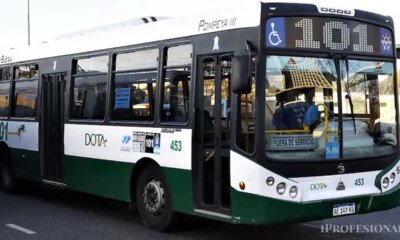INTERNACIONAL
FBI cuts ties with leftist group that put Turning Point USA on its ‘hate map’ before Kirk assassination
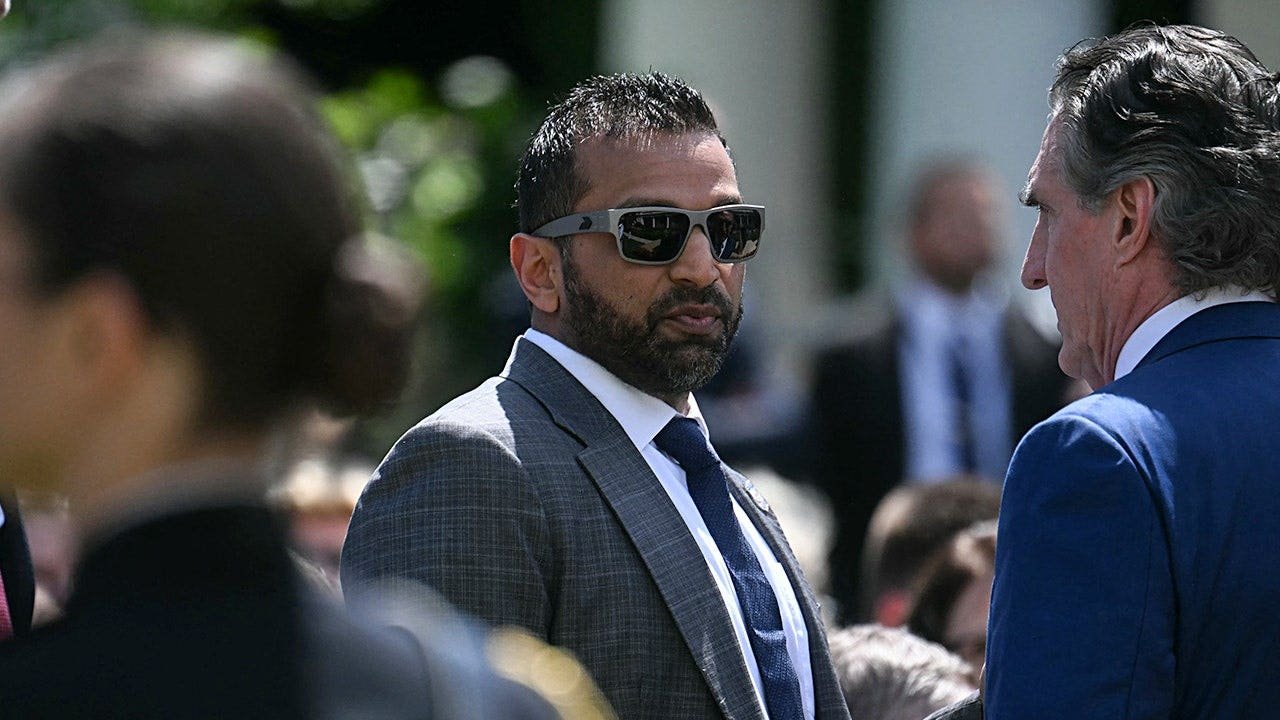
NEWYou can now listen to Fox News articles!
FBI Director Kash Patel announced on Friday the agency has «terminated» all ties with the Southern Poverty Law Center (SPLC) — a left-leaning nonprofit organization known for its «Hate Map» and designating groups it views as extremist, including Turning Point USA.
The nonprofit, founded in 1971, originally focused on civil rights legal advocacy. However, in recent years, critics claim it has become highly partisan, targeting conservatives and faith-based organizations alongside actual hate groups.
«The Southern Poverty Law Center long ago abandoned civil rights work and turned into a partisan smear machine,» Patel wrote in an announcement on X. «Their so-called ‘hate map’ has been used to defame mainstream Americans and even inspired violence. That disgraceful record makes them unfit for any FBI partnership.»
The FBI announced on Friday it is cutting all ties with the Southern Poverty Law Center, a left-leaning nonprofit organization targeting what it believes are «hate» groups. (Barry Lewis/InPictures)
PATEL CUTS TIES COMEY’S FBI MADE WITH ADL AS ORGANIZATION FACES BACKLASH FOR TPUSA CRITICISM
Patel said during the FBI’s Anti-Christian Bias Panel in April, he made it clear that the agency will «never rely on politicized or agenda-driven intelligence from outside groups—and certainly not from the SPLC.»
The director’s announcement comes less than a month after Turning Point USA (TPUSA) founder Charlie Kirk was assassinated while speaking at Utah Valley University on Sept. 10, killing the 31-year-old father of two.
In May, the SPLC listed TPUSA in its «hate and extremism» report, calling it a «hard-right organization with links to Southern Poverty Law Center-identified hard-right extremists.»
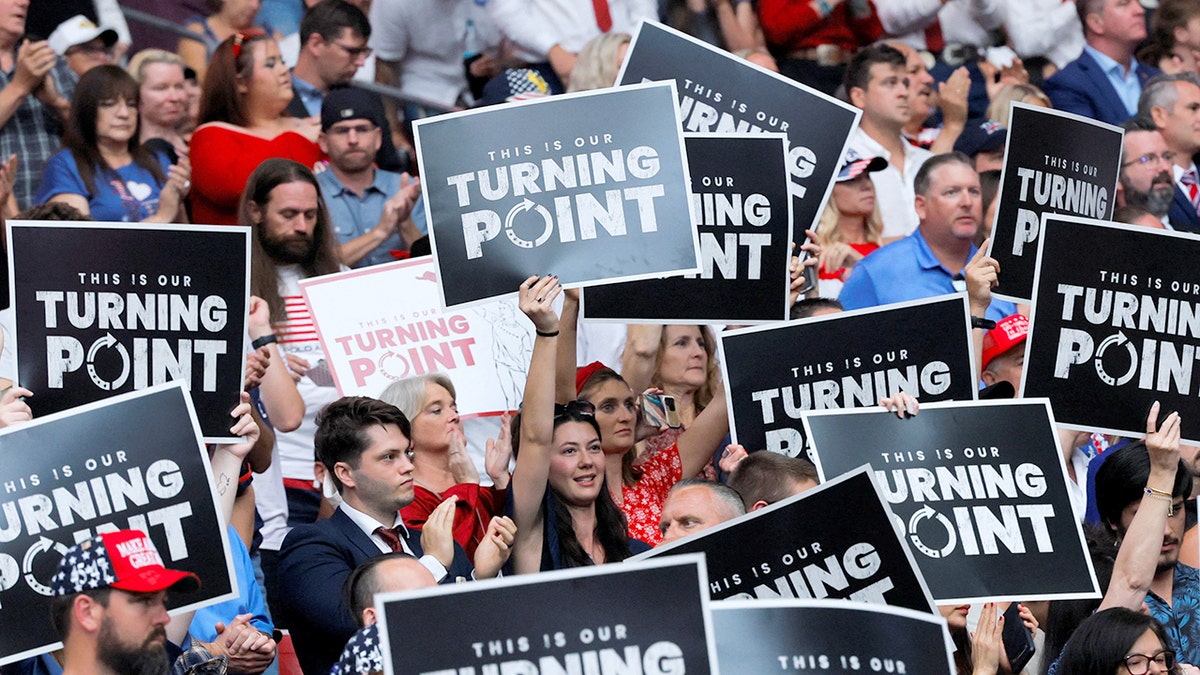
People raise placards reading «This is our Turning Point» during a memorial service for slain conservative commentator Charlie Kirk at State Farm Stadium, in Glendale, Ariz., Sept. 21. (Brian Snyder/Reuters)
SCHIFF: PATEL’S FBI LEADERSHIP REPLACED EXPERTISE WITH ‘RABID PARTISANSHIP’
«Turning Point USA’s primary strategy is sowing and exploiting fear that white Christian supremacy is under attack by nefarious actors, including immigrants, the LGBTQ+ community and civil rights activists,» the SPLC wrote in a May 22 case study. «… Turning Point USA’s effort to sow fear and division to enforce social hierarchies rooted in supremacism is emblematic of the hard right’s broader political project to destroy our foundational democratic principles and institutions.»
On Thursday, TPUSA spokesman Andrew Kolvet shared one of Kirk’s X posts from Feb. 10, 2023, where he described the SPLC as a hate group, saying, «There’s a Charlie tweet for everything.»
«What’s happening right now to the ADL and SPLC is critically important and deadly serious,» Kolvet wrote in another post Thursday, sharing a photo of the May SPLC case study. «They are both part of an ecosystem leveraged by radical left vigilantes to dehumanize conservatives and stoke political violence. They provide the sheen of legitimacy for the left’s violent foot soldiers.»
Kirk also posted about the topic on May 25, denouncing the SPLC for comparing TPUSA to extremist groups like the KKK, and arguing the SPLC is a corrupt, money-driven organization that raises funds by stoking fear.
«Their game plan? Scare financial institutions into debanking us, pressure schools to cancel us, and demonize us so some unhinged lunatic feels justified targeting us,» Kirk wrote. «Remember the Family Research Council? An SPLC-inspired gunman went after them. They’d love nothing more than to see TPUSA in the crosshairs. … Being on their list is a badge of honor. It means they’re terrified that we’re so effective. Keep crying, SPLC—America’s done with your scam.»
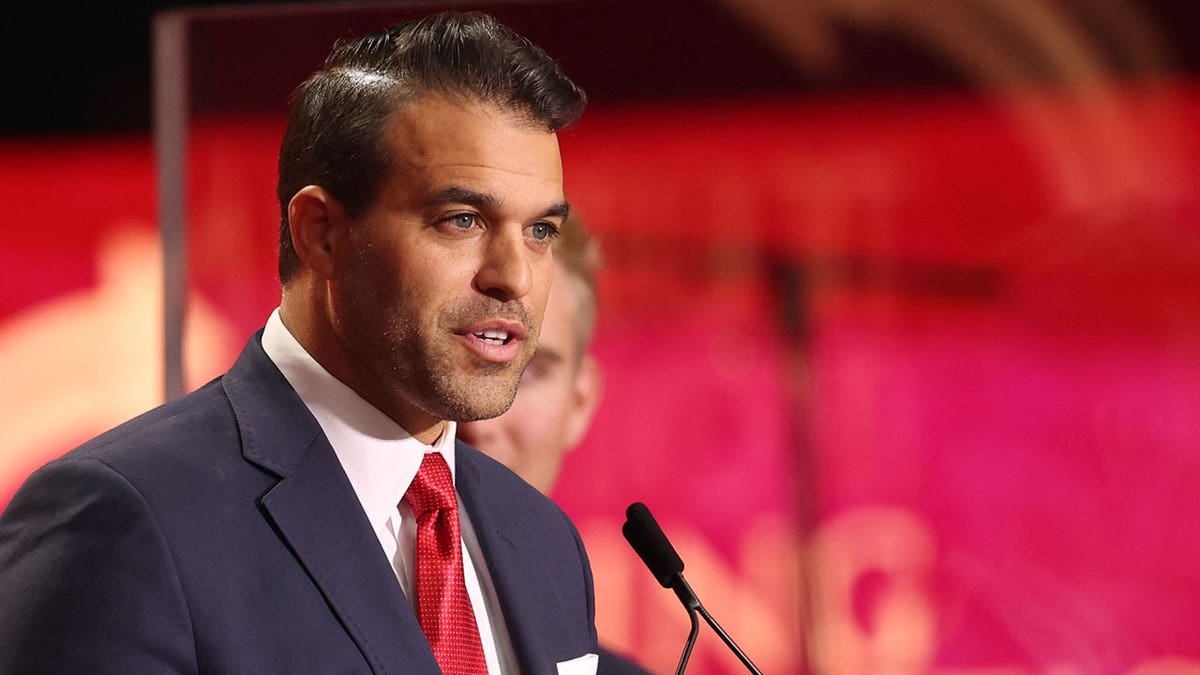
Turning Point USA (TPUSA) spokesman Andrew Kolvet, a longtime friend of Charlie Kirk, sounded off on the SPLC smear on X. (Patrick Fallon via Getty Images)
‘MOST TRANSPARENT’ FBI EVER: PATEL UPDATES SENATE ON KIRK ASSASSINATION PROBE
Kolvet highlighted that on Sept. 9, the day before Kirk’s murder, the SPLC published a newsletter «directly attacking Charlie.»
«Did these contribute to the assassin’s motive?» Kolvet wrote Thursday. «We may never know, but the swirl of extremist propaganda certainly played a role. The SPLC has been credibly accused of corruption, mishandling of donations, union-busting, and covering up of sexual assault by senior leadership, all while sitting on nearly $1 billion in reserves and being based in red Alabama. These are legitimate predicates for investigation. Those should happen immediately.
CLICK HERE TO GET THE FOX NEWS APP
«The influence of the ADL and SPLC must be completely purged from any serious company, org, and agency. Companies like PayPal which still rely on these disgraced orgs should be the focus of future boycotts if they insist on continuing their association.»
Elon Musk reacted to Kolvet’s post with a simple, «Exactly.»
Patel’s announcement about the FBI cutting ties with the SPLC came just hours after Kolvet’s post.
fbi,religion,politics,hate crime,charlie kirk
INTERNACIONAL
Tras más de un siglo, aparece un ejemplar perdido de poemario de Manuel Machado
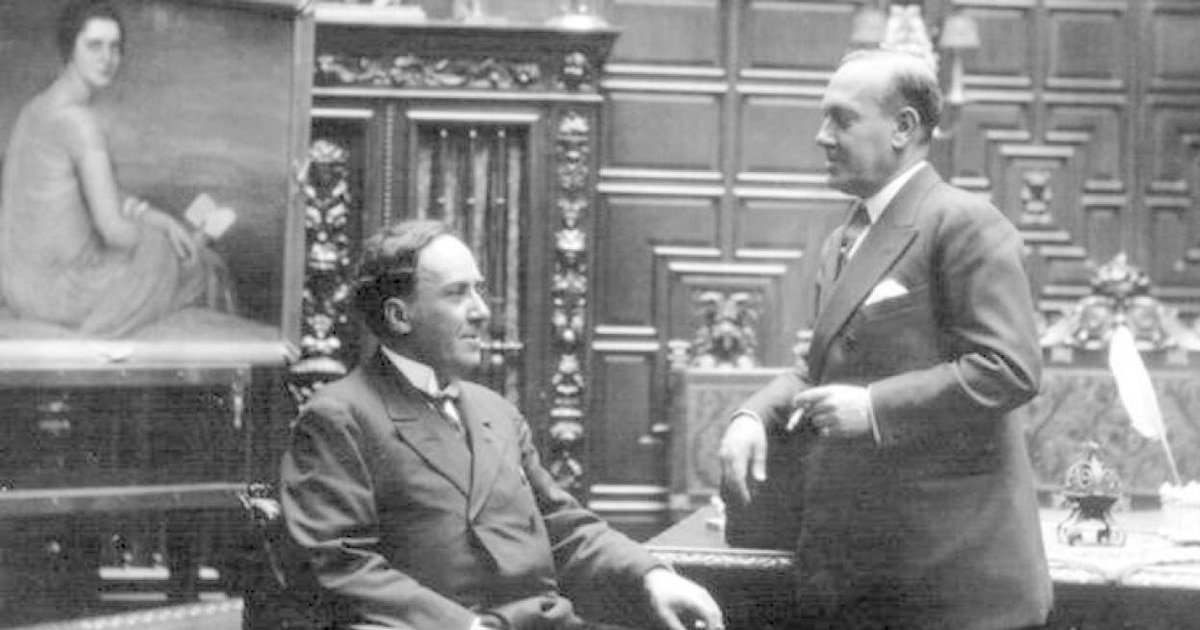
El hallazgo de un ejemplar completo de uno de los primeros poemarios de Manuel Machado, publicado en Barcelona en 1895 y considerado perdido durante más de un siglo, ha reconfigurado el panorama de la investigación sobre la lírica española de finales del siglo XIX.
Este volumen, que reúne versos del joven poeta sevillano y de su compañero de bohemia Enrique Paradas, permaneció fuera del alcance de los estudiosos hasta que, en enero de 2022, fue adquirido por el bibliófilo y antólogo Manuel Márquez de la Plata a través de una librería anticuaria catalana.
Durante décadas, la comunidad académica creyó que el único vestigio de este poemario era un ejemplar incompleto conservado en la Biblioteca Machado de la Institución Fernán González, dependiente de la Real Academia Burgense de Historia y Bellas Artes. A este volumen le faltaban la mayoría de las páginas atribuidas a Manuel Machado, lo que impedía conocer con precisión la extensión y el contenido de su contribución.
Las principales bibliografías, incluida la editada por la Biblioteca Nacional española en 1976, identificaban la obra bajo el título de ‘Etcétera’ y le asignaban 126 páginas, aunque sin advertir la posible ausencia de las últimas hojas. Otras referencias bibliográficas de los años setenta repetían el mismo título y, en algún caso, calificaban un ejemplar completo como un “volumen inencontrable”.

La confusión sobre el título y la integridad del poemario se mantuvo hasta el otoño de 1979, cuando el poeta y profesor Miguel d’Ors, tras analizar el ejemplar mutilado de Burgos, publicó en la revista académica Cuadernos de Investigación Filológica de la Universidad de La Rioja un artículo titulado “Donde se enmienda un error de las bibliografías Manuelmachadinas”.
En ese texto, d’Ors aclaró que el libro, firmado “Paradas-Machado”, no se llamaba Etcétera, sino & Versos, y que en la cubierta figuraba como & Colección de poesías. D’Ors interpretó el uso del símbolo “&” como una muestra del gusto personal de Machado por los títulos singulares, recordando otros poemas suyos titulados con signos como ‘¡…!’, ‘***’ y ‘….?’.
El análisis de d’Ors aportó detalles sobre la mutilación del ejemplar de Burgos: de las 126 páginas, las 120 primeras correspondían a versos de Paradas, mientras que las seis restantes incluían el nombre de Manuel Machado, el encabezado de una posible sección titulada ‘Bocetos’ y un único poema, ‘Ruinas’, ya publicado en el primer poemario conjunto del año anterior, ‘Tristes y alegres’.
D’Ors dedujo que resultaba improbable que la aportación de Machado se limitara a seis páginas y un solo poema, por lo que era evidente que faltaba una parte sustancial del libro. En su artículo, animó a los investigadores a buscar el poemario perdido en las bibliotecas, pero advirtió que debían rastrearlo bajo el título “&” y no “Etcétera”. A pesar de este llamamiento, ni entonces ni tras la reedición de su artículo en el libro Estudios sobre Manuel Machado (Renacimiento, 2000), se tuvo noticia de la aparición de un ejemplar íntegro.

La situación cambió radicalmente a comienzos de 2022, cuando Manuel Márquez de la Plata localizó el poemario en una oferta en línea de una librería anticuaria catalana, que lo vendía por unos pocos cientos de euros. Tras adquirirlo, comprobó que el volumen, impreso en 1895, constaba de 191 páginas, es decir, 65 páginas más que el ejemplar mutilado de Burgos.
Las poesías de Machado ocupaban desde la página 121 hasta la 191 y estaban divididas en dos secciones: ‘Bocetos’ y ‘Poesías en prosa’. En total, los versos del poeta sevillano en este poemario superaban los ochenta. Aproximadamente la mitad de estos poemas ya habían aparecido en publicaciones de la época, como La Caricatura, o fueron incluidos posteriormente en otros libros de Machado, pero la otra mitad no figuraba —al menos con el mismo inicio— en las últimas Poesías Completas publicadas en 2019 por la editorial Renacimiento.
Márquez de la Plata, movido por su admiración hacia Miguel d’Ors y en agradecimiento por los momentos de satisfacción que le habían proporcionado sus escritos, decidió enviarle por correo certificado una fotocopia de las páginas con las poesías de Machado. D’Ors, ya jubilado y residente en Galicia, recibió el envío con sorpresa y entusiasmo, y lo incorporó a su colección de primeras ediciones de su poeta favorito, a quien había dedicado años de estudio.
Tres años después, en la primavera de 2025, el periodista y escritor Víctor Olmos, que trabaja en una biografía de Manuel Machado, contactó telefónicamente con d’Ors para consultarle sobre el poemario. Durante la conversación, d’Ors le reveló que, gracias a Márquez de la Plata, disponía de una fotocopia de las páginas del libro supuestamente perdido y le relató cómo había llegado a sus manos.

Olmos, a punto de cumplir noventa años y con experiencia periodística, intuyó que el ejemplar podría ser único y constituir una primicia literaria, ya que, en el ámbito de la bibliografía, nada es definitivo, pero no se tiene constancia de otro ejemplar.
Olmos sugirió a d’Ors que narrara la historia del poemario perdido y hallado en algún medio, especialmente en un momento en que los Machado acaparaban la atención pública tras la exposición Los Machado. Retrato de Familia, celebrada en Sevilla, Burgos y Madrid.
D’Ors consideró que la iniciativa correspondía a su propietario, Márquez de la Plata. Finalmente, Olmos se puso en contacto con él, quien aceptó la propuesta de informar sobre la existencia del poemario para conocimiento de expertos, biógrafos y bibliógrafos machadianos.
INTERNACIONAL
Trump hit with setback as court rules Alina Habba unlawfully served as top federal prosecutor in New Jersey

NEWYou can now listen to Fox News articles!
An appellate court found on Monday that Alina Habba is unlawfully serving as the top prosecutor in New Jersey, delivering a blow to President Donald Trump as he fights to keep his preferred nominees in charge of U.S. attorney’s offices in blue states.
The U.S. Court of Appeals for the Third Circuit said in an order that a lower court was correct to disqualify Habba, a fiery Trump loyalist who previously served as the president’s personal defense lawyer.
The Trump administration could ask for a full panel of 3rd Circuit judges to reconsider the decision, or it could turn to the Supreme Court to weigh in. Fox News Digital reached out to the Department of Justice and a Habba spokesperson for comment.
A three-judge panel for the 3rd Circuit heard arguments on Habba’s appointment in October and grilled a Department of Justice lawyer over the unconventional way Trump and Attorney General Pam Bondi reinstalled Habba as U.S. attorney after her initial, temporary appointment expired.
TRUMP APPOINTS HABBA AS ‘ACTING’ US ATTORNEY AFTER JUDGES OUSTED HER
President Donald Trump sits in the courtroom with lawyers Christopher M. Kise and Alina Habba during his civil fraud trial at New York State Supreme Court on Oct. 17, 2023, in New York City. (Doug Mills-Pool/Getty Images)
Habba is one of several names who became jammed up in court proceedings over allegations that Trump sidestepped the Senate and improperly exploited loopholes in federal vacancy laws to keep his preferred prosecutors in place.
Habba’s case was the furthest along in the court process, but Lindsey Halligan and Bill Essayli, temporary U.S. attorneys in Virginia and California, respectively, are among those also facing high-stakes court challenges to their appointments.
The panel that heard Habba’s case comprised two appointees of former President George W. Bush and one appointee of former President Barack Obama.
The judges voiced skepticism of DOJ lawyer Henry Whitaker’s claims that Bondi had authority to fill the vacancy for the U.S. attorney of New Jersey after Trump fired the court-appointed one. Whitaker said the administration simply took advantage of «overlapping mechanisms» afforded to it by Congress.
TRUMP’S US ATTORNEYS IN BLUE STATES FACE LEGAL CHALLENGES THAT COULD UPEND KEY PROSECUTIONS

Alina Habba speaks during a panel discussion at the Conservative Political Action Conference on Feb. 20, 2025, in Oxon Hill, Maryland. (Andrew Harnik/Getty Images)
«In this case, the executive branch admittedly took a series of precise and precisely timed steps not to evade or circumvent those mechanisms but rather to be scrupulously careful to comply with them,» Whitaker said.
One of the judges said during the oral arguments that he viewed Habba’s case as unusual and possibly unconstitutional.
«Would you concede that the sequence of events here, and for me, they’re unusual, would you concede that there are serious constitutional implications to your theory here, the government’s theory, which really is a complete circumvention, it seems, of the appointments clause?» the judge asked.
Veteran D.C. lawyer Abbe Lowell, known for his involvement in lawsuits challenging the Trump administration, represented the defendants contesting Habba’s appointment.
Two sets of defendants facing run-of-the-mill charges brought the challenge to Habba, saying she should not be allowed to prosecute them because she was an invalid U.S. attorney.
TRUMP NOMINEES SQUEEZED BETWEEN ‘BLUE SLIPS’ AND BLUE OBSTRUCTION
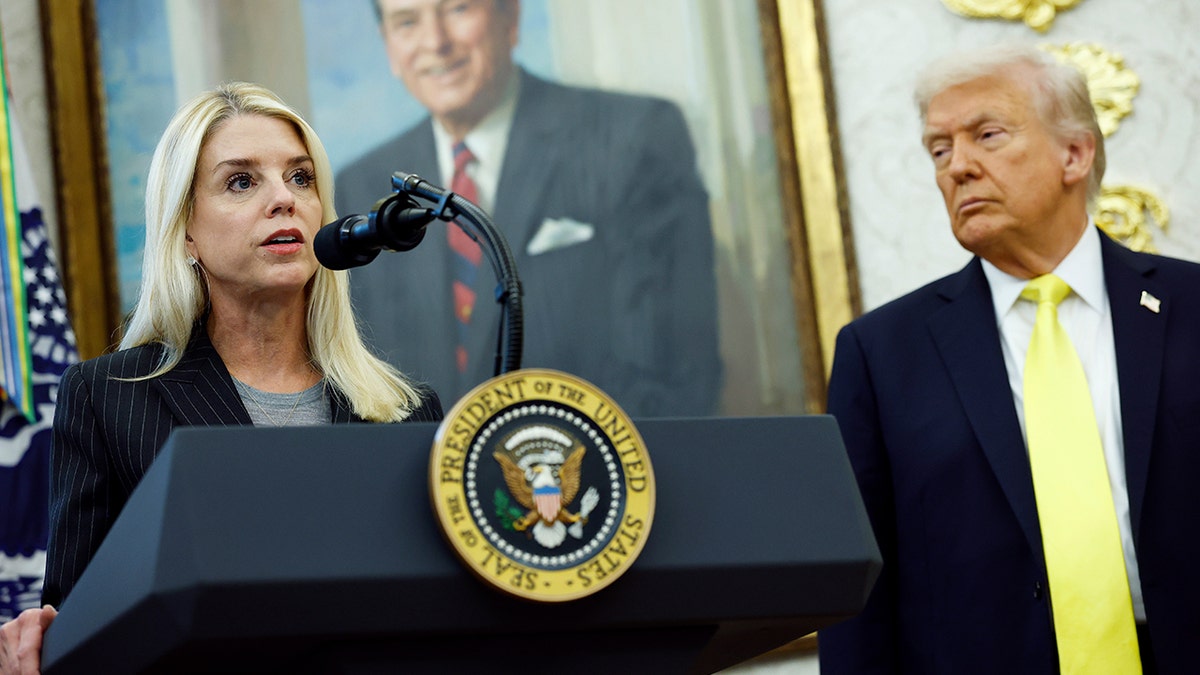
U.S. Attorney General Pam Bondi speaks as President Donald Trump looks on during a press conference in the Oval Office of the White House on Oct. 15, 2025, in Washington, D.C. (Kevin Dietsch/Getty Images)
Habba had no path to Senate confirmation, in part because New Jersey’s Democratic senators, Cory Booker and Andy Kim, did not approve of her through the Senate’s blue slip tradition.
CLICK HERE TO GET THE FOX NEWS APP
That precedent has drawn Trump’s ire as Senate Judiciary Committee Chairman Chuck Grassley, R-Iowa, stands firmly behind blue slips, which require home state senators to approve of U.S. attorney and district judge nominees.
Trump recently conveyed, through his firing of former U.S. Attorney Erik Siebert, that earning Democratic senators’ approval could be disqualifying in his view, setting up a stalemate with the upper chamber over his nominees in blue states.
This is a breaking new story and will be updated.
justice department,judiciary,alina habba,donald trump,pam bondi,new jersey
INTERNACIONAL
EU official warns ‘impunity’ for Russia would mark ‘historic mistake of huge proportions’

NEWYou can now listen to Fox News articles!
As President Donald Trump’s administration aims to help broker peace between Russia and Ukraine, a European Union official asserted that Russia must face accountability for its «crimes,» according to a report.
European Commissioner for Democracy, Justice, the Rule of Law and Consumer Protection Michael McGrath warned against allowing «impunity,» opining that it «would be a historic mistake of huge proportions.»
«I don’t think history will judge kindly any effort to wipe the slate clean for Russian crimes in Ukraine,» McGrath said, according to Politico. «They must be held accountable for those crimes and that will be the approach of the European Union in all of these discussions.
«Were we to do so, to allow for impunity for those crimes, we would be sowing the seeds of the next round of aggression and the next invasion,» he noted, according to the outlet. «And I believe that that would be a historic mistake of huge proportions.»
UKRAINE PEACE TALKS PRODUCTIVE AS EX-GOVERNMENT OFFICIAL SAYS COUNTRY RETHINKING ‘UNCOMPROMISING’ STANCE
Left: Russian President Vladimir Putin enters the hall just after his talks with the Hungarian prime minister during his meeting with young scientists at the Kremlin on Nov. 28, 2025 in Moscow, Russia; Right: EU Commissioner for Democracy, Justice, the Rule of Law and Consumer Protection Michael McGrath talks to media about: «Simpler EU digital rules and new digital wallets to save billions for businesses and boost innovation» in the Berlaymont, the EU Commission headquarter on Nov. 19, 2025 in Brussels, Belgium. (Left: Contributor/Getty Images; Right: Thierry Monasse/Getty Images)
«We cannot give up on the rights of the victims of Russian aggression and Russian crimes,» McGrath asserted, according to the outlet. «Millions of lives have been taken or destroyed, and people forcibly removed, and we have ample evidence.»
EX-CIA STATION CHIEF WARNS PUTIN USING TALKS TO GAIN LEVERAGE AS UKRAINE DELEGATION MEETS TOP TRUMP OFFICIALS

President Donald Trump speaks to the press aboard Air Force One en route to Washington, D.C., on Nov. 30, 2025. (Pete Marovich/Getty Images)
Meanwhile, Ukrainian President Volodymyr Zelenskyy has expressed gratitude toward the Trump administration.

Ukrainian president Volodymyr Zelensky speaks at a press conference with Pedro Sanchez, Spanish prime minister (not pictured), during his official visit to the headquarters of the Spanish government in Palacio de la Moncloa. (Alberto Gardin/SOPA Images/LightRocket via Getty Images)
CLICK HERE TO GET THE FOX NEWS APP
«I am grateful to the United States, to President Trump’s team, and to the President personally for the time that is being invested so intensively in defining the steps to end the war,» he noted in part of a post on X.
world,ukraine,russia,the european union,donald trump

 CHIMENTOS3 días ago
CHIMENTOS3 días agoWanda Nara involucrada en el escándalo de su abogado, Payarola, contó toda su verdad: “Yo fui…”

 POLITICA2 días ago
POLITICA2 días agoPatricia Bullrich lleva la disputa por el fútbol al Congreso y pone bajo la lupa a la conducción de la AFA

 CHIMENTOS3 días ago
CHIMENTOS3 días ago¡Urgente! Internaron a Rocío Marengo por un problema en su embarazo de 8 meses: «Vieron cosas que preocuparon»



